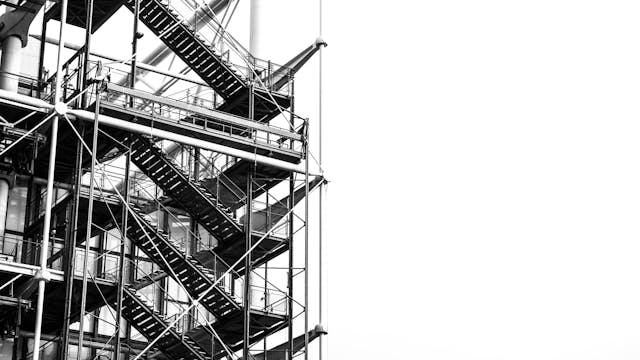Success in the ever-changing construction industry depends on keeping up with contemporary methods. In 2024, the sector will still be changing and adopting new techniques and technologies to satisfy the increasing needs of quality, efficiency, and sustainability. This guide provides a thorough road map for navigating the complexities of contemporary building, from cutting-edge materials to state-of-the-art machinery and digital tools. Gaining knowledge of and putting these methodical techniques into practice will enable you to succeed in all of your construction-related pursuits.
Comprehending Contemporary Construction Methods:
2024 will see a transformation in the building sector because of cutting-edge techniques like 3D printing, modular construction, and sustainable building approaches. Modular construction involves assembling building components off-site and then moving them to the construction site for final assembly, which speeds up the building process and minimizes disruptions. With the use of additive manufacturing processes and 3D printing technology, complex architectural designs and even whole structures may be created, providing increased design flexibility and efficiency. By utilizing eco-friendly materials, putting energy-efficient design ideas into reality, and cutting waste all the way through the building process, sustainable building methods aim to minimize their negative effects on the environment.
Organizing Your Building Project:
Start by stating your project's goals in detail, taking into account the budget and schedule. Make thorough planning and improve stakeholder cooperation by using contemporary technological solutions like Building Information Modeling (BIM). Planning well ensures that risks are reduced and obstacles are anticipated, keeping your project moving forward. Clearly delineating roles and channels of communication within your team promotes cooperation and problem-solving during the building process. To remain on track with your project and adjust to changing conditions, remember to evaluate and revise your plans on a frequent basis.
Choosing Supplies and Tools:
To lessen your influence on the environment, give preference to eco-friendly materials like bamboo, engineered wood, and recycled materials. Modern technology and equipment are also a great way to increase safety and productivity at building sites. Building information modeling (BIM) can be seamlessly integrated into the planning and design process by utilizing Revit download free, which promotes effective decision-making and collaboration among project stakeholders. You may guarantee a building project that not only satisfies strict quality requirements but also fits with contemporary sustainability objectives by carefully choosing the materials and tools.
Using Contemporary Construction Methods:
By assembling building components off-site, prefabrication and modular construction techniques provide benefits like shorter construction times and enhanced quality control. Furthermore, 3D printing technology has completely changed the building industry by making it possible to create intricate architectural designs and structures more precisely and efficiently. Builders may increase output, reduce waste, and create sustainable buildings that satisfy changing societal demands by implementing these cutting-edge methods into their projects.
Guaranteeing Safety and Adherence:
The construction sector must prioritize safety and compliance to safeguard employees and adhere to legal requirements. Prioritizing safety measures reduces risks and prevents accidents on the job site. These steps include offering appropriate training, safety equipment, and routine inspections. Furthermore, the safety and structural integrity of the built structures are guaranteed by following industry standards and building rules. Throughout the building process, stakeholders can provide a safe working environment that protects the public and employees by upholding a culture of safety and compliance.
Accepting Efficiency and Sustainability:
In order to reduce environmental effects and optimize resource consumption, modern buildings must embrace sustainability and efficiency. The building's carbon footprint and energy consumption are decreased by implementing energy-efficient design ideas, such as adding solar panels and using smart technology for the heating and cooling systems. Furthermore, putting waste reduction techniques into practice—such as recycling building materials and reducing trash from construction sites—helps save resources and encourages environmental responsibility. Stakeholders can enjoy long-term cost savings and operational benefits in addition to helping to create a greener future by emphasizing sustainability and efficiency in construction projects.
Conclusion:
You may improve the efficiency, sustainability, and safety of your construction projects by implementing the methodical tactics described in this guide. Never forget to put careful planning first, make use of cutting-edge tools and materials, and make sure that building codes and safety requirements are followed. You may successfully traverse the obstacles of construction in 2024 and beyond by remaining knowledgeable and adaptive, which will ultimately lead to successful outcomes and a better future for the built environment.

